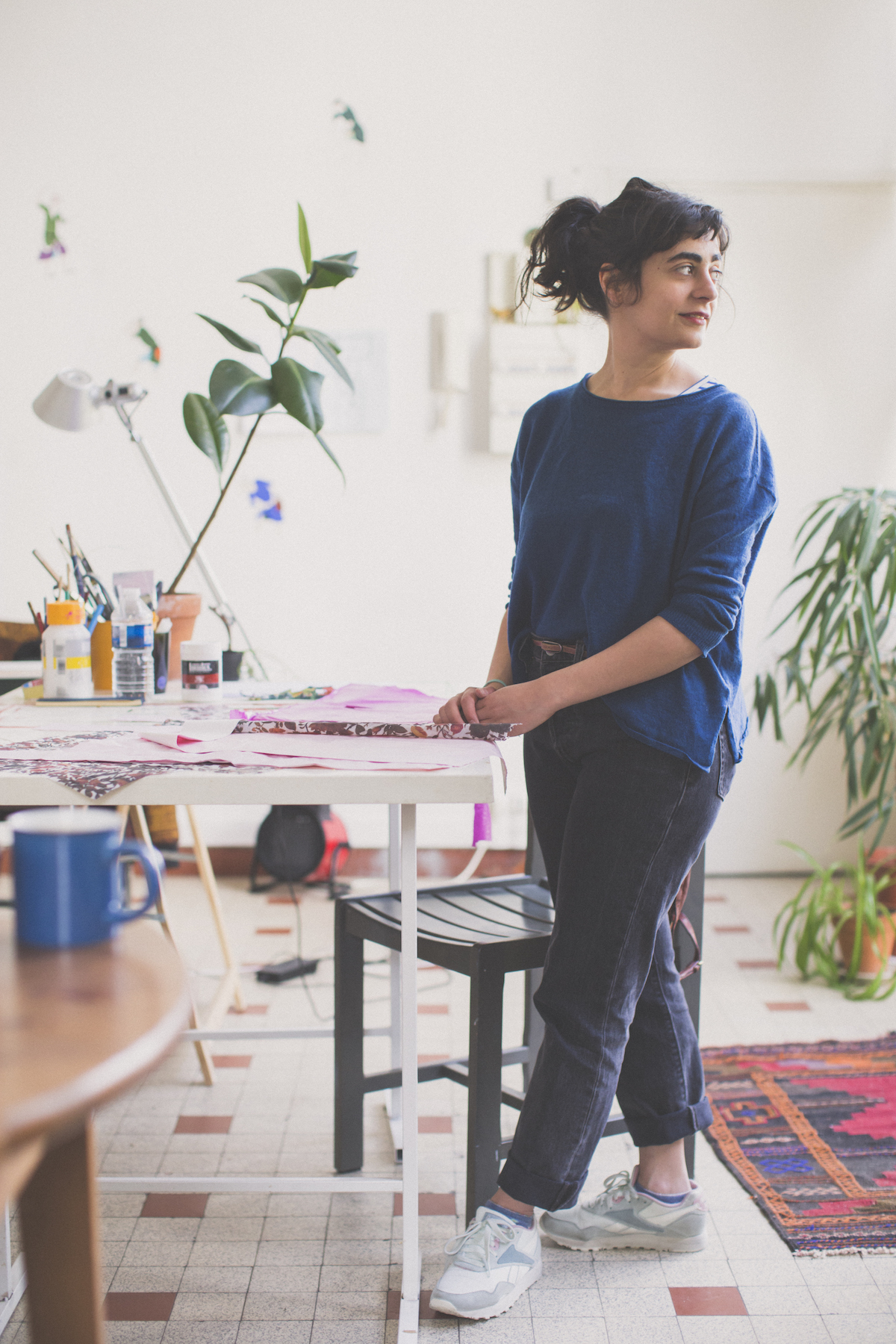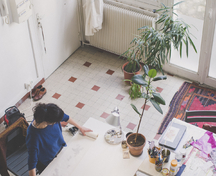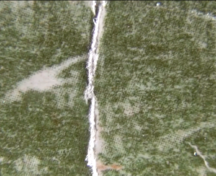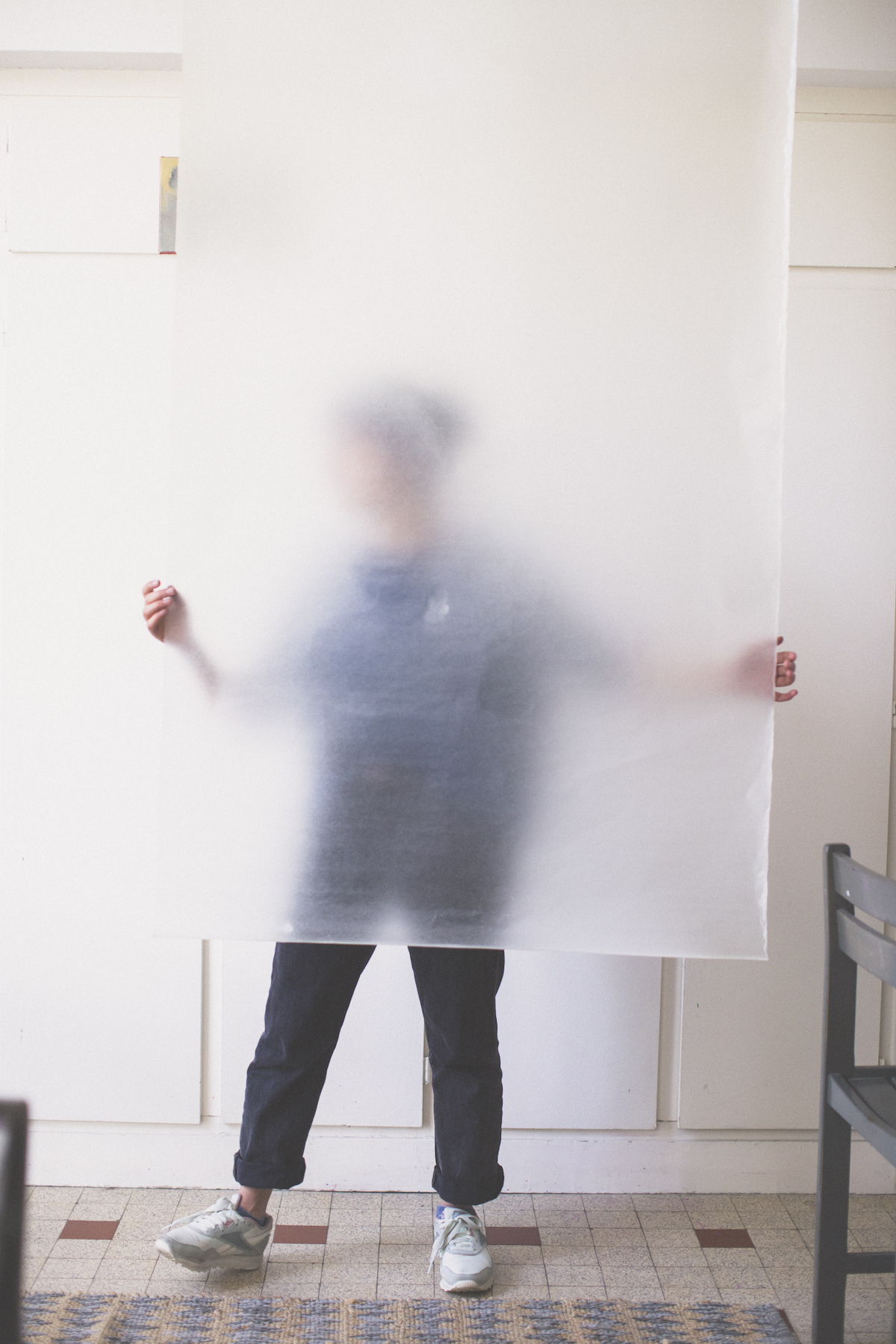INTERVIEW
What are the benefits of a residency in Montmartre, at the Cité internationale des arts?
"It's still rare to be able to live in a garden in the middle of Paris.
You have the impression of living in the countryside, but in the end you are not far from Beaubourg and other Parisian art centres!
The Montmartre site of the Cité internationale des arts is a very quiet and pleasant place to work.
The space offered by the Cité allowed me to develop my performance practice more freely. But also to be able to meet and exchange with other artists, which allows me to have several interlocutors in my work."
On March 29, you presented your DSRA thesis and then presented your work as part of "Bad Girls Do It It Well" on the Marais site of the Cité internationale des arts, your feedback on these two experiments?
"I had this opportunity to organize my DSRA in the form of an exhibition in the Galerie of the Cité internationale des arts. The fact of spending the latter in a place outside the school allowed me to explore a new space, and to anticipate it by thinking about my works. I have thus worked the space so that it makes the link with and between my pieces.
For Bad girls do it well, it's an experience of sharing and meeting other artists."
BIOGRAPHY
After studying painting at the Faculty of Art and Architecture in Tehran, Samira Ahmadi Ghotbi obtained her DNSEP at the École supérieure d'art de Clermont-Métropole.
Since her studies at the Coopérative de recherche in the same school, memory has been at the very centre of her work. In an attention to the details of the past and present, her research manifests itself in different forms: drawing, painting, video, writing, performance. These forms often trigger a loss or the impossibility, and emerge from a memory, a residue or a scrap.
Samira Ahmadi Ghotbi's work oscillates between two destinations; Iran where she was born and France where she lives. Her work is caught between two histories, two cultures and two languages. It mixes and intersects these dualities to tell a new story that crosses a personal or global history, intimate and family experiences or those of a country and a population.








